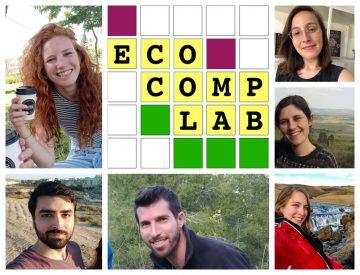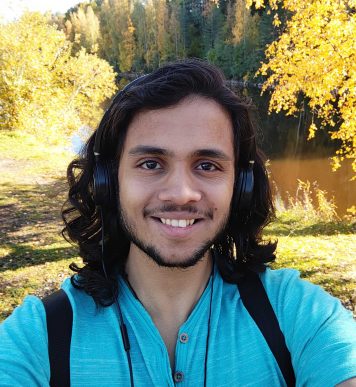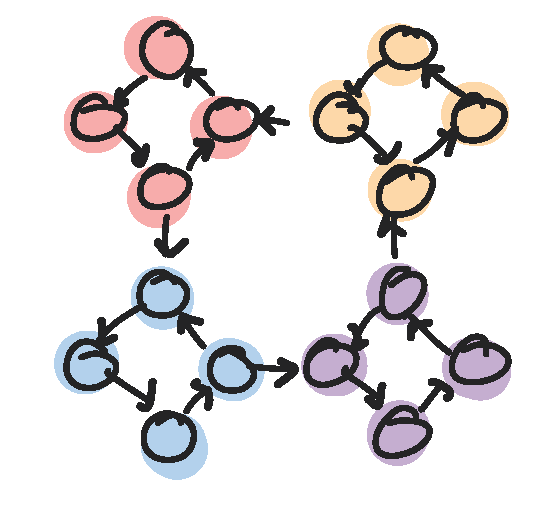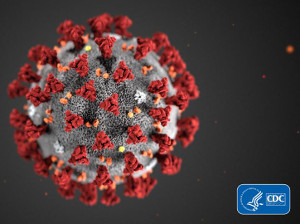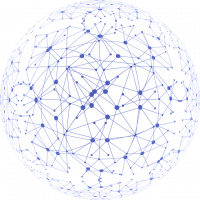The new semester has started, and with it many new students have joined the lab! We’re excited to welcome Matan, Barry, Sharon, Maya, Klil, and Noa. You can learn more about them and their research here.
Rohit has joined the lab!
Julie has joined the lab!
Julie Shapiro is a post-doctoral researcher that just joined the lab. She will be working on microbial transmission networks. Welcome!!
Our paper on Identifying flow modules in ecological network is published (and an R package too!)
Interested in module detection in ecological networks? check our recent paper in @MethodsEcolEvol. Comes with a R-package for easy exploration. Fun and fruitful collaboration w/ @m_rosvall @AceEklf @daniel_edler @LsBgu https://t.co/7AwanmOtbL.
— Shai Pilosof (@shaipilo) February 16, 2021
The lab has submitted a new paper on COVID19 vaccination strategies!
Sharon’s paper, Optimal strategies for combining vaccine prioritization and social distancing to reduce hospitalizations and mitigate COVID19 progression, is now online at medRxiv.
A COVID19 vaccine is now available but its deployment is limited. Understanding how to optimally combine vaccines with social distancing (SD) is a priority, but a mechanistic understanding of the interplay between them is missing. We developed a data-driven age-structured model in which vaccines are deployed during the pandemic and their prioritization can shift between target groups. Vaccine and across-population SD work in synergism up to a threshold beyond which vaccination is inefficient in reducing hospitalizations. The inefficiency threshold can be eliminated by applying SD to age groups that are not vaccinated. Moreover, SD, but not vaccination, affects the time to reach zero viral growth. Overall, an optimal strategy is to prioritize elderly (60+) while applying SD to adults (20-59). Finally, the same reduction in hospitalization can be achieved in multiple ways, allowing for flexible public health policies.
Shai gave a talk on multilayer networks at the UNAM, Mexico
Shai was invited to speak at UNAM, Mexico on multilayer networks. You can view the lecture, Redes multicapa ecológicas: de los fundamentos a los desafíos, here: https://www.youtube.com/watch?v=o3MquS6xMY8 .
Shai published a paper in Nature Ecology & Evolution!
Shai’s paper, The network structure and eco-evolutionary dynamics of CRISPR-induced immune diversification, has been published in Nature Ecology & Evolution.
(https://www.nature.com/articles/s41559-020-01312-z)
New students join the lab!
The new semester has started, and with it many new students have joined the lab! We’re excited to welcome Julie, Dafna, Itai, Ofir, Amit, Niv, and Michael. You can learn more about them and their research here.
An ISF grant to study ecological multilayer networks
Shai has received a grant from the Israel Science Foundation to study ecological multilayer networks. The lab will be developing both theory and methodology, and using these to analyze multiple datasets. We hope to further our understanding of what can be learned from taking the different layers (temporal, spatial, etc) into account, and in which ecological networks it is most beneficial to do so.
A grant from the Ministry of Science to study the epidemiology and economic impacts of COVID-19
Shai has received a grant from the Ministry of Science and Technology to build an epidemiological-economic model for COVID19. The project is in collaboration with Dr. Rami Puzis (Software and Information Systems Engineering, BGU), Prof. Nadav Davidovitch (Health Management Systems, BGU), Dr. Ada Torres Gonzalez (Economics, BGU) and Dr. Ofer Setty (Economics, TAU).


